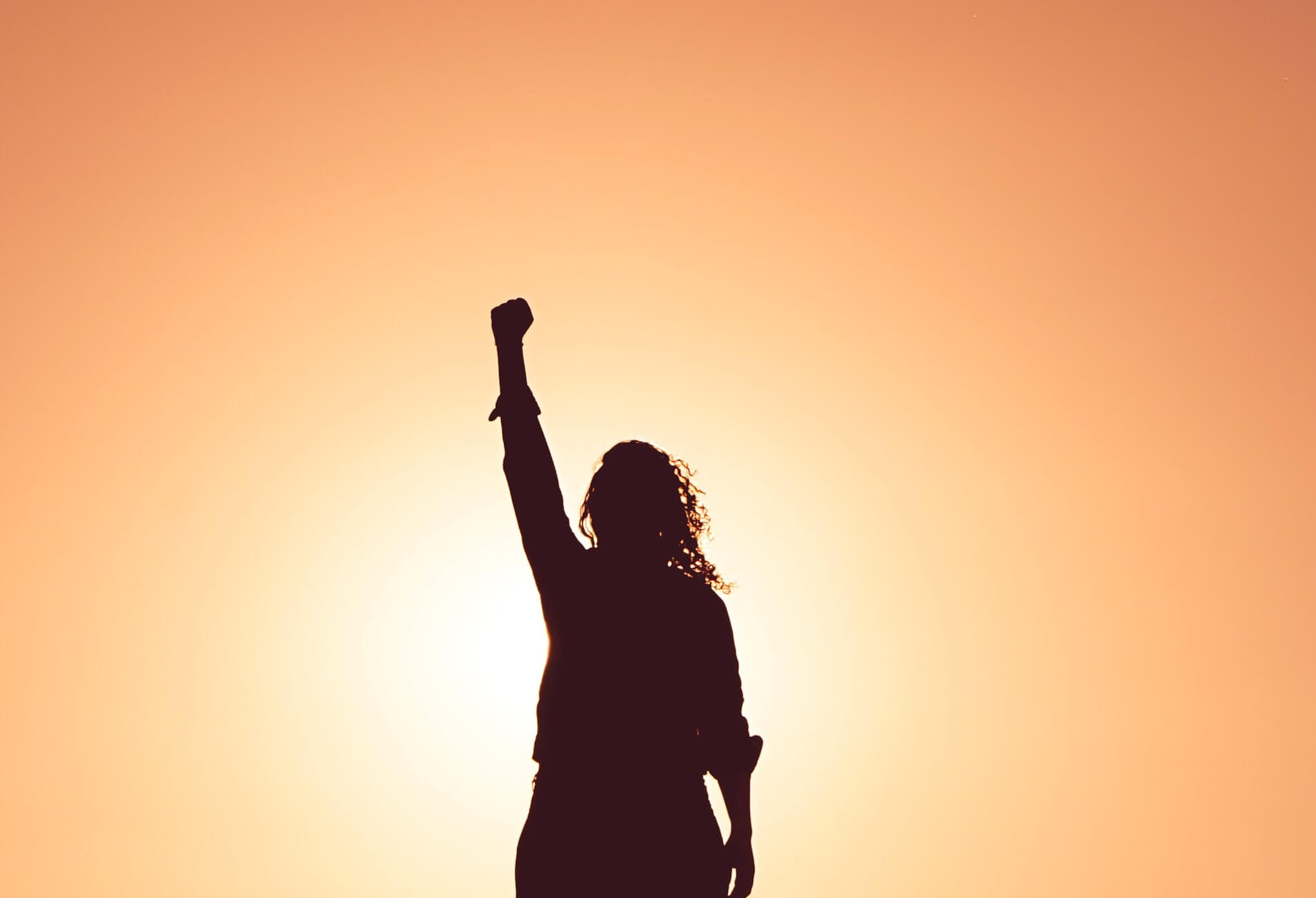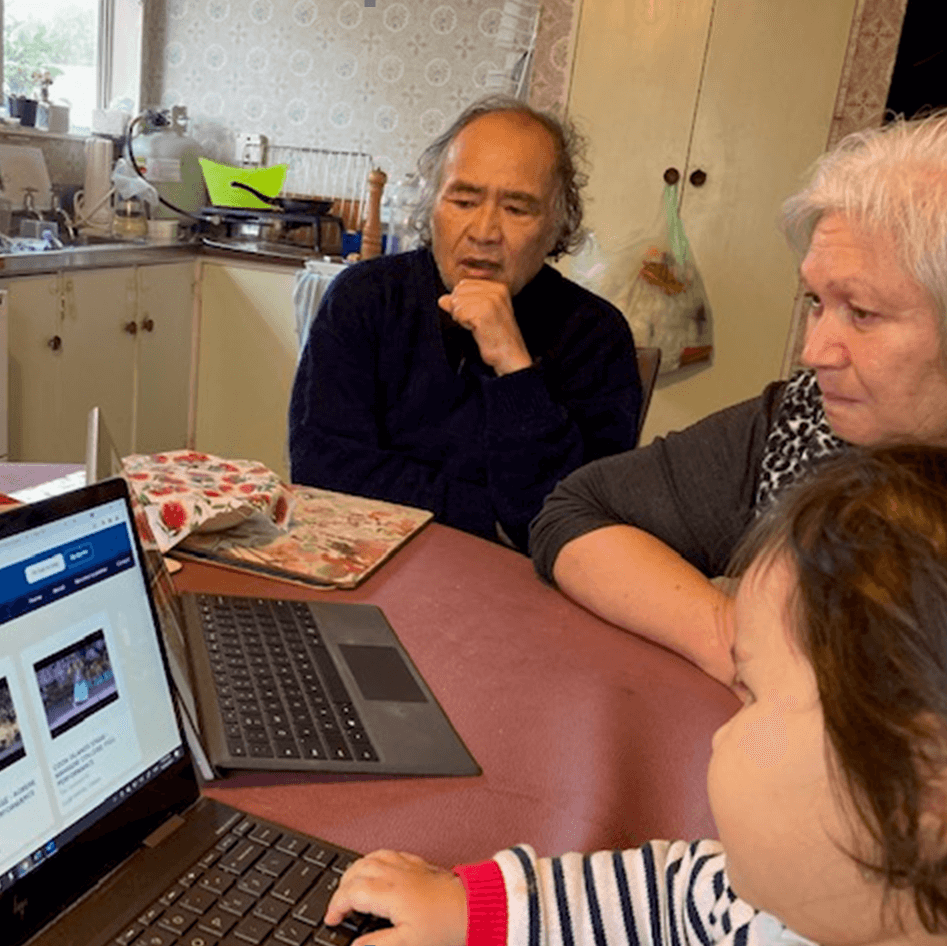Authority, Representation and Reality

In my previous blog post, I spoke to the heart of the 'Contribute Your Story' function and welcomed people to make use of it. I wrote of how this site functions by making visible and accessible the digitised Pacific cultural heritage records held by galleries, libraries, archives and museums, otherwise referred to as the GLAM sector.
In this post I want to outline three key factors we considered as we built this function and the choices we made.
Authority of the contributor
Firstly it was important to us that these user contributions would remain owned by person who shares them.
When we use a website most of us click "I Agree" and grant the majority of sites the full rights to our words and knowledge. There are alternatives to this, such as Creative Commons, which help a user to apply a license to the work they create online, whilst the team at LocalContexts are creating Traditional Knowledge (TK) labels, notices and licenses.
These TK labels are focused on ways to:
"enhance and legitimize locally based decision-making and Indigenous governance frameworks for determining ownership, access, and culturally appropriate conditions for sharing historical, contemporary and future collections of cultural heritage and Indigenous data."
After some consideration and to respect the work of both of these approaches, we chose not to implement either of them. For us the application of a CC license is centered in a commercial and legal framework about ownership that wasn't quite what we wanted to apply.
In the case of the TK labels, after discussion with Jane Anderson and Maui Hudson, we acknowledged that our design is centered on an individual owning their words and contribution - whereas the TK labels are centred in collective ownership, like that found in an iwi or tribe. As such any application of TK labels in our design could potentially subvert the purpose of them within the wider context of cultural heritage. So we chose not to implement TK labels in our functionality.
We are very grateful to Jane and Maui for sharing their insights, perspectives and time with us and acknowledge their ongoing mahi in this space.
Instead we chose to update our terms and conditions to say simply,
"You, the user of our site remain the sole and total authority over your words, and you only grant us the right to share them."
While your words appear on our site next to the metadata and thumbnail from our content partners, your words are never connected with or shared with the content partner.
If a content partner wishes to use your words, on their systems, they must engage with you, and are only able to do so if you have selected that option when completing your contribution.

Representing the contributor
In the same way that we wanted to acknowledge the authority of the contributor, we also wanted to provide them with clear options of how to be represented, in regards to their person and their place. As we only ever display the text you enter, if you choose to contribute in a Pacific language, we will present that language.
The choice to how one presents one name matters. When you contribute a story you can choose to share your name publicly or to share anonymously, and be presented as a guest.

The places of the Pacific also matter. Our connections across the Pacific may be as much about links to places as they are to people. So 'the place' of your story may not be a single or fixed one.
Our hope is that users lean into the concept of tūrangawaewae and choose to share the place that matters most relative to their contribution.
This place may be where you are sitting writing the words, it may be where your words are set or it may be where you most wish to be connected too. That choice remains with you.

We wanted to ensure that options around privacy and representation were clear in the contribution form, but welcome any feedback on what could be done differently.
Honouring your reality
Our site makes visible and accessible digitised cultural heritage records by using and showing metadata from our content partners. That metadata is their version of a reality.
We have reflected that the default understanding is that the institiutions that make up the GLAM sector are imbued with authority. They are the storehouses of knowledge and by definition are unconconsciously seen as the holders of "truth".
This is a earned and valid position, for these institutions do care for, preserve and maintain records, objects and collections. Some have specialist Pacific curators and researchers inhouse. In recent years a number have worked with communities to improve their metadata, such as Auckland Museum's Pacific Collection Access Project.
However, the scale and quantity of Pacific records, objects and items held in collections by institutions is vast. As described by a colleague, "there's warehouses of this stuff".
As a result of this scale much of the metadata attached to these records can be "of it's time", brief, sometimes incorrect and reflects the perspective, language and bias of the holding institution.
So for us, this metadata is not the reality of the Pacific record, object or item. It is only ever a reality. A version of the Pacific experience and of the cultural heritage of Pacific people.
Our function sets out to provide a space for a different reality to be made visible. When you contribute your story, memory or knowledge you share your ‘metadata’.
That is your version of reality.
Importantly, the function is designed to allow multiple contributions on a record to be created and then read by users of the site. This multiple versions of reality is a key part of our design.
We believe these multiple realities reflect the often invisible experiences that Pacific people live and have lived whilst these items and records have been held by GLAM institutions. As contributions are added, our hope is that the experience of exploring the digitised cultural records held by institutions is enriched by people of the Pacific themselves.
We are grateful to David Reeves from Auckland Museum for the conversation in 2020 that started this aspect of the design.
You own your own words.
Contributions may be simple statements of fact or a correction based on personal knowledge and expertise. A contribution may describe smells, sights, sounds as the result of seeing an object. A contribution may be a simple memory recalled by seeing a photograph.
Contributions may allow an expert in their field to share extra details from their research. Equally valid are the recollections of a family, as a result of watching a video or listening to audio, or from seeing a grandparents, as they were as young people.

These contributions are only ever shared with users of our website. They are not given, gifted or taken from our contributors and the authority and ownership remains with those write the words down.
We gratefully acknowledge all who have contributed so far, and those who may choose to do so.
We hope the design choices as described in this post provide some context for how we approached the design of this function. We would welcome any feedback or critique via our contact page.
Meitaki.
Hero image by Miguel Bruna on Unsplash
The information on this site has been gathered from our content partners.
The names, terms, and labels that we present on the site may contain images or voices of deceased persons and may also reflect the bias, norms, and perspective of the period of time in which they were created. We accept that these may not be appropriate today.
If you have any concerns or questions about an item, please contact us.